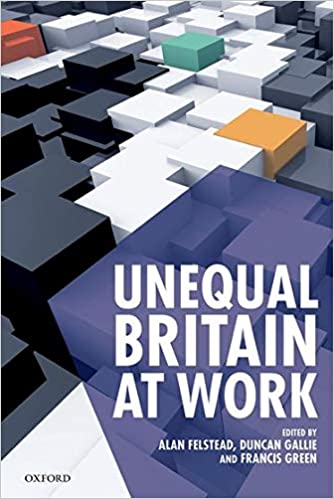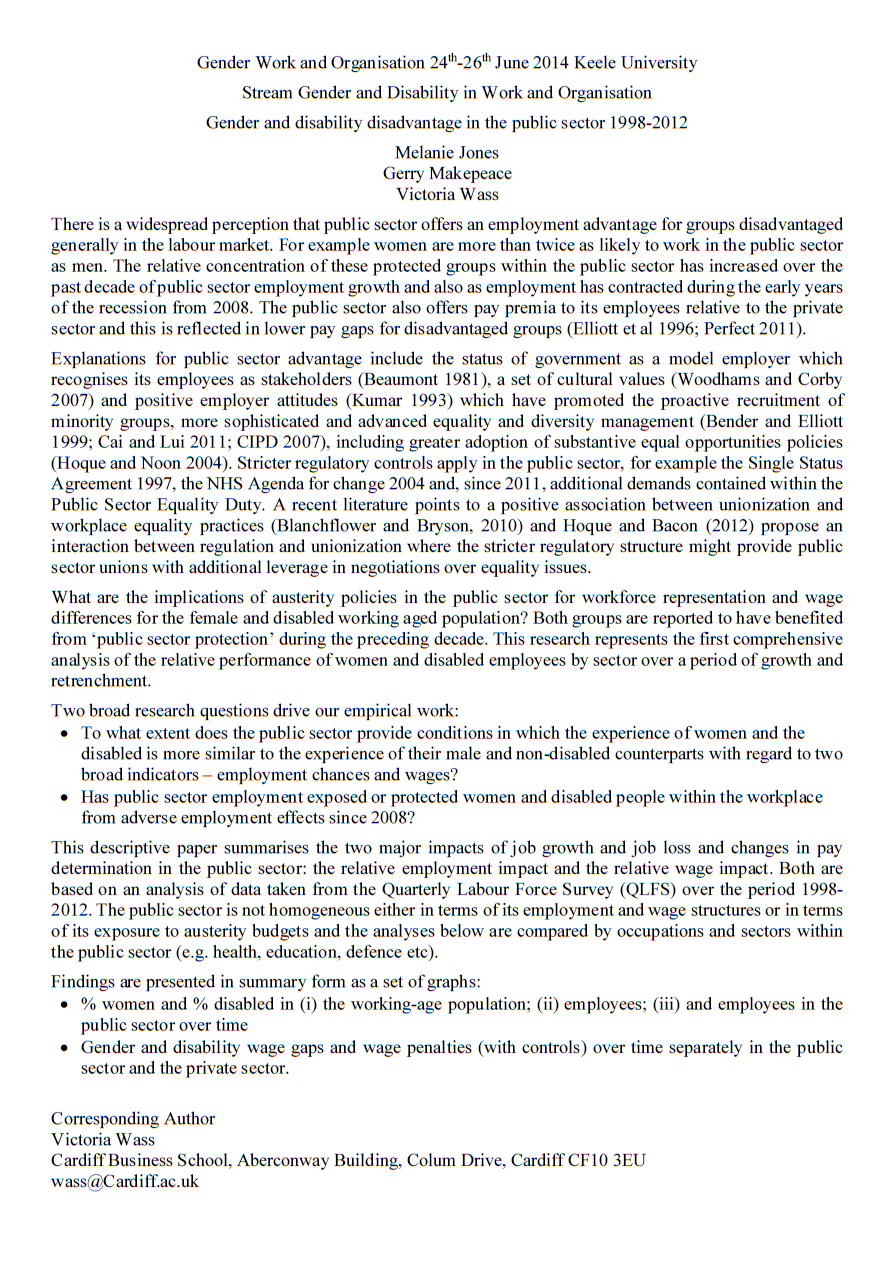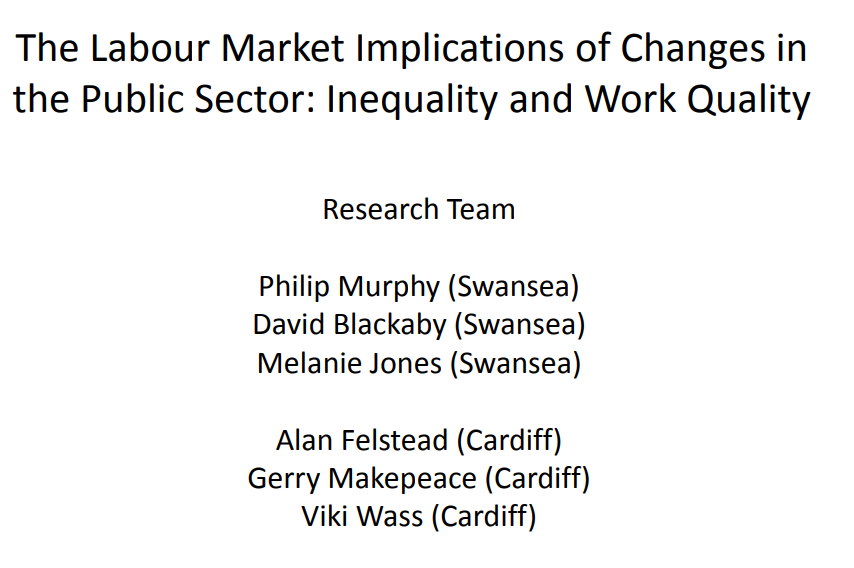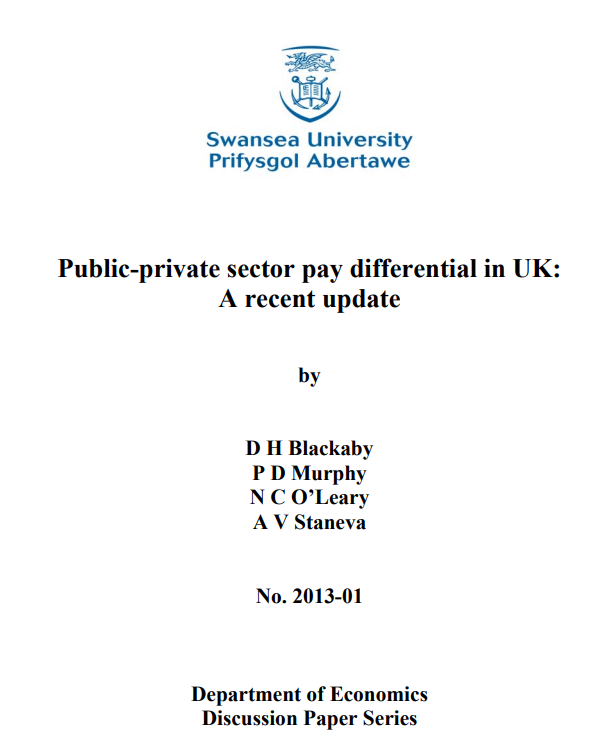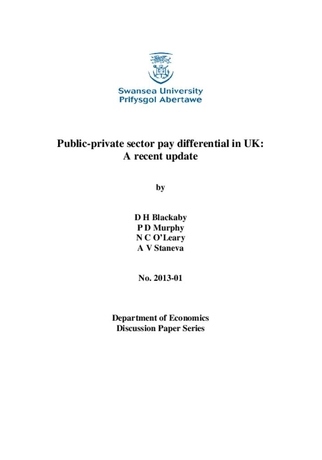In 2010 the UK coalition Government committed itself to an active policy of fiscal consolidation designed to ‘eliminate’ the structural deficit by the end of the current parliament (HM Budget, March 2011). As part of their consolidation plans the Government announced its intention to promote a rebalancing of the UK economy, away from public sector and towards the private sector. Given that in 2009 just over 6 million workers were employed in the public sector, which accounted for around 21 per cent of total employment, and that wages paid to public sector workers account for about 30% of all government expenditure, it is hardly surprising that the coalition government saw a reduction in the size of the public sector as a key priority in meeting its fiscal priorities. On the basis of department expenditure plans, and announcements of pay restraint in the public sector, the Office for Budget Responsibility (OBR) in 2011 calculated that job losses in the public sector could be as high as 710,000 over the period 2011(Q1) to 2017(Q1). Although the OBR also predicted that private sector jobs should increase by almost 1.7 million over the period, other forecasters took a more sanguine view of the spill-over effects created by public sector job losses on the private sector. For example, following the Chancellor’s budget announcement in June 2010, PwC research (2010) suggested that up to half a million additional private sector jobs could be lost as a result of the cuts announced in the 2010 budget.
Following on from the announcement of the deficit reduction plan in June 2010 there was a common perception that public sector workers occupied a privileged position, most notably with regard to their pensions, pay, working conditions and job quality. This was in part prompted by evidence which purported to show that some workers in the public sector were ‘more than 40% better off’ than private sector workers (Holmes and Oakley, 2011). While some of this evidence was subject to considerable debate, the Chancellor of the Exchequer in his budget in March 2012 questioned whether public sector pay should be set by national agreements rather than by local agreements, which could take account of local labour market conditions. It was suggested, for example, that while public sector workers, on average, earned 8% more than those doing similar jobs in the private sector, for public sector workers in some parts of the UK, the gap was much higher (Institute of Fiscal Studies, 2012) and had even increased during the recession.
Set against this background, investigating relative public sector pay across the earnings distribution, the quality of public sector jobs, and the effect of changes to public sector pay and employment on equality groups provided the main focus of this research. The study was part of ESRC’s Secondary Data Analysis Phase I and is based on the secondary analysis of four existing sources of data: The Quarterly Labour Force Survey; The Annual Population Survey; Understanding Society; and The Skills and Employment Survey (2012) and its predecessors.
Research themes
- An analysis of the effects of employment contraction and pay restraint in the public sector on the relative wages of different groups of workers (by gender and disability) at the national level and across different spatial geographies in the UK.
- An analysis of job losses in the public sector and the subsequent labour market experience of workers that have exited public sector employment.
- An analysis of labour transitions and ‘steady state’ labour market stocks to determine the extent to which changes in inflows and outflows during the recession and the deficit reduction programme have contributed to the determination of the labour market aggregates.
- An analysis of national, inter and intra-regional differences in public/private sector pay across the earnings distribution and across different parts of the public sector overtime.
- A comparison overtime of pay gaps for equality groups (gender and disability) in the public and private sectors.
- An analysis of the intrinsic quality of jobs in the public and private sectors and the extent to which the recession and the deficit reduction programme has narrowed or widened these differences.
Key outputs
Blackaby, D, Felstead, A, Jones, M, Makepeace, G, Murphy, P and Wass, V (2015) ‘Is the public sector pay advantage explained by differences in job quality?’, in Felstead, A, Gallie D and Green, F (eds.) Unequal Britain at Work, Oxford: Oxford University Press, forthcoming.
Dolton, P., Makepeace, G. and Marcenaro-Gutierrez, O (2014). ‘Public sector pay in the UK: quantifying the impact of the Review Bodies’, forthcoming Manchester School, DOI: 10.1111/manc.12081
ESRC’s Britain in 2014 p. 34. Public Sector Perceptions: Are Public Sector Jobs Becoming Less Attractive
Murphy, P., Blackaby, D, O’Leary, N., and Staneva, A (2014). ‘An investigation of the IFS public-private sector pay differential: A robustness check’, Department of Economics Discussion Paper Series No. 2012-09
Murphy, P., Blackaby, D, O’Leary, N., and Staneva, A (2013). ‘Public-private sector pay differential in UK: A recent update’, Department of Economics Discussion Paper Series No. 2013-01
Further information
For further information please contact Professor Philip Murphy (p.d.murphy@swan.ac.uk)






